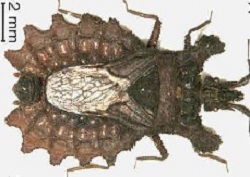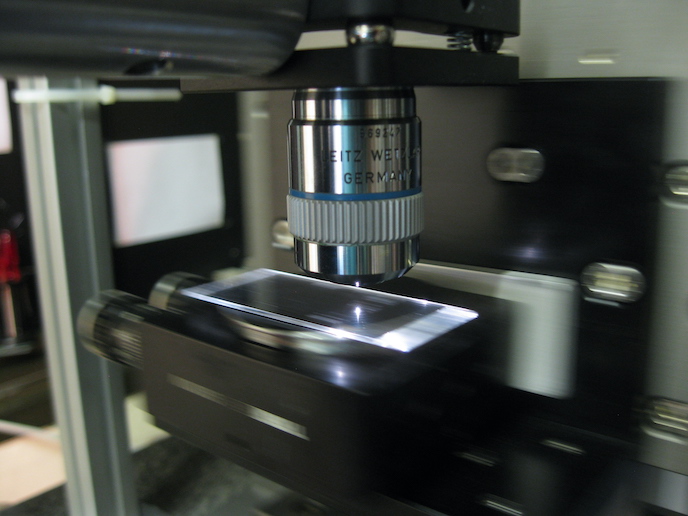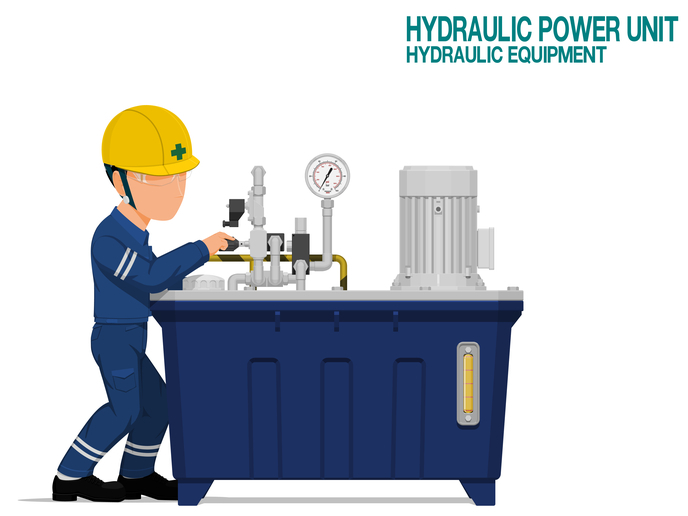Lizards and bark bugs lead the way in energy-saving designs
Researchers with the EU-funded LiNaBioFluid project have looked to biodesign with energy efficiency in mind. They looked at two key features of machines: lubrication and friction reduction to minimise resistance. “This is a very important field as an estimated 5 % of the gross national budget is lost every year due to wear and abrasion in industrialised countries,” comments Dr Emmanuel Stratakis, project coordinator. Solutions were based on understanding the role of surface topography and wettability for fluid transport, from capillary channels onto a microstructured surface where it spreads. Biomodels of extreme efficiency – desert lizards and bark bugs Moisture-harvesting lizards survive in arid conditions by collecting moisture on their skin via directional water transport. South American flat bugs have unique wetting properties on their outer integument to achieve camouflage when it rains. For another useful model, again for directional fluid transport, the researchers looked to transport of oily defence liquid from scent glands in European true bugs (Heteroptera). From models to materials Using electron microscopy, LiNaBioFluid scientists analysed features responsible for the extraordinary properties. The structures were then duplicated using advanced laser technology on hard inorganic materials like silicon, steel, bronze and titanium alloys. Their friction reduction and fluid transport properties were then put to the test. Increases in efficiency were seen across the board. Friction reduction of up to 50 % was achieved for steel in the demonstrator through biomimetic laser structuring. Oil transport against gravity was successfully realised in starved lubrication conditions. Not only that, there was faster oil transport on biomimetic laser-structured steel. The team fabricated the biomimetic structures on large areas, up to 10 square centimetres. They also tackled processing for non-flat areas applicable in shafts rotating in bearing shells in a lubrication medium. This time, much of the inspiration came also from shark and snake skins’ structures. Results showed a 50 % reduction in the coefficient of friction for the demonstrator of steel shafts in engine oil versus steel-bearing shells. Applications in a range of sectors Further achievements related to the enormous application potential of biomimetic laser structuring. New types of biomimetic and nanoscale structures in metals, semiconductors, glasses and polymers could be applied in optics, photonics, microfluidics, biomedicine, nanoelectronics and solar energy applications. “Finally, much progress has been made in the development of the processes used in advanced laser structuring strategies, as well as in the understanding of complex laser matter interaction processes,” says Dr Stratakis. Polymer replication, for example, of laser-fabricated biomimetic structures in metals will widely extend the field of applications and enable mass production at reduced cost. The future of biomimetics in engineering design Patients could benefit from titanium implants with surface laser-induced microstructures that can be wetted by blood and body fluids, while preventing overgrowth by tissue and cells. This unexpected result will be exploited in the follow-up FET Innovation Launchpad project CellFreeImplant. The unexpected anti-reflection properties of bio-inspired laser-induced microstructures are protected by a pending patent and will be further investigated in the second FET Innovation Launchpad project LaBionicS, a follow-on project from LiNaBioFluid. “Most importantly, a patent related to the technology developed within LiNaBioFluid entitled ‘Laser fabricated superoleophilic metallic component with oil retention properties for friction reduction’ was filed by the Foundation for Research and Technology Hellas and the Spanish National Research Council after the project end,” concludes Dr Stratakis.
Keywords
LiNaBioFluid, biomimetic, friction reduction, lizard, bark bug, fluid transport, laser-induced







